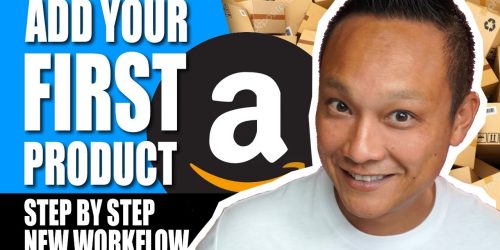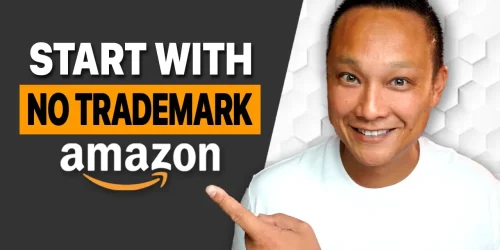How to List Your First Product on Amazon Seller Central Beginner Tutorial
Launching your first product on Amazon can feel like navigating a maze. With various fields and requirements, the process can be daunting. This comprehensive guide will walk you through listing your first product on Amazon Seller Central, helping you avoid common pitfalls and setting you up for success.
Why List Before You Buy?
Before diving into the details of listing, it’s crucial to understand why you should list your product on Amazon before making any purchase. Many beginners make the mistake of buying products first, only to discover that they can’t sell them on Amazon due to restrictions or compliance issues. This can leave you stuck with unsellable inventory, turning what seemed like a great opportunity into a costly mistake.
Setting Up Your Amazon Seller Account
To start selling on Amazon, you’ll first need to create a seller account. You can do this by visiting sell.amazon.com. Once your account is set up, log in and navigate to the homepage. Here, you’ll find the Add Products link which takes you to the product listing page.
Understanding Amazon’s Product-First Approach
Amazon operates on a product-first basis, different from platforms like eBay. This means:
- Single Listings: Instead of multiple listings for the same item (like multiple Xbox listings on eBay), Amazon consolidates all offers for a product into a single listing.
- Adding to Existing Listings: If you’re selling a product already available on Amazon (e.g., wholesale or arbitrage), you’ll add your offer to the existing listing.
- Creating New Listings: If you’re launching a unique product (e.g., private label), you’ll need to create a new product listing.
Creating a New Product Listing
1. Starting Your Listing
Navigate to Catalog > Add Products. For a new product not sold on Amazon, select the blank form option to start from scratch.
2. Product Details
- Item Name (Product Title): This should be keyword-optimized to ensure visibility in search results. Use tools like Helium 10’s Magnet for keyword research.
- Product ID (UPC): For private label products, purchase a UPC from GS1. Avoid third-party sites to ensure compliance with Amazon’s standards.
- Brand Name: If it’s your first product under a new brand, you may need to undergo a brand approval process. Consider registering your trademark for added benefits.
3. Detailed Description and Bullet Points
- Description: Provide a detailed description that highlights features and benefits. Include relevant keywords to improve search engine visibility.
- Bullet Points: Utilize all five bullet points to showcase the key benefits and competitive advantages of your product.
4. Product Images
- Quality: Ensure high-quality, professional photos are used. Consider hiring a professional photographer. Your main image is crucial as it appears in search results and influences click-through rates.
Compliance and Restrictions
Before finalizing your listing, check Amazon’s restrictions and compliance requirements for your product category. This includes safety certifications, government regulations, and gated category approvals. Amazon provides tools to help sellers check compliance requirements.
Final Steps
- Pricing: Set your price competitively to attract buyers. Use the list price field to show a higher manufacturer’s suggested retail price (MSRP) for markdowns.
- Fulfillment: Decide whether you’ll fulfill orders yourself (FBM) or use Amazon’s Fulfillment by Amazon (FBA) service. FBA can help you qualify for Prime and handle shipping and customer service.
Conclusion
Listing your product on Amazon is a critical step that requires careful attention to detail. From ensuring compliance with Amazon’s standards to optimizing your product listing for visibility, every step plays a vital role in your success on the platform. By following these guidelines, you’ll be better prepared to launch your product and navigate the complexities of Amazon selling.
Remember, the goal is not just to list your product but to create a compelling offer that stands out in the competitive Amazon marketplace.






